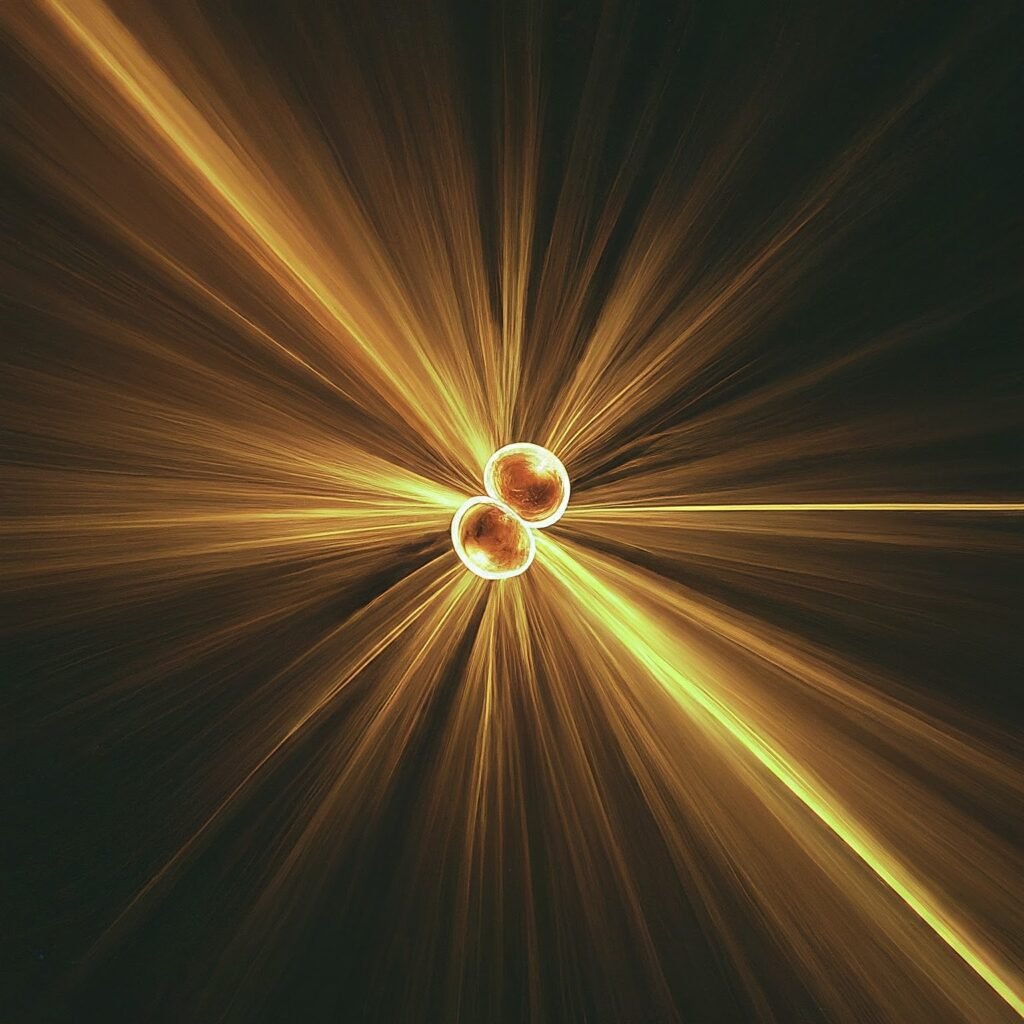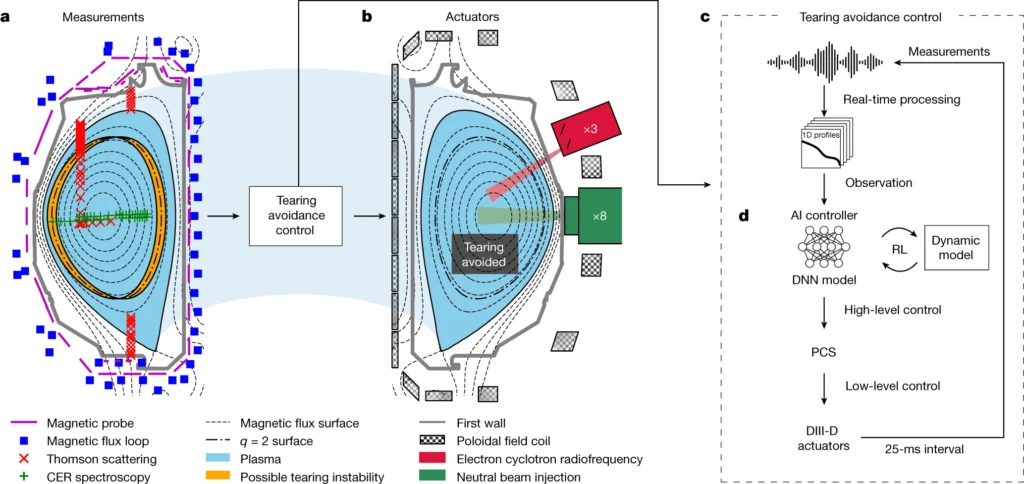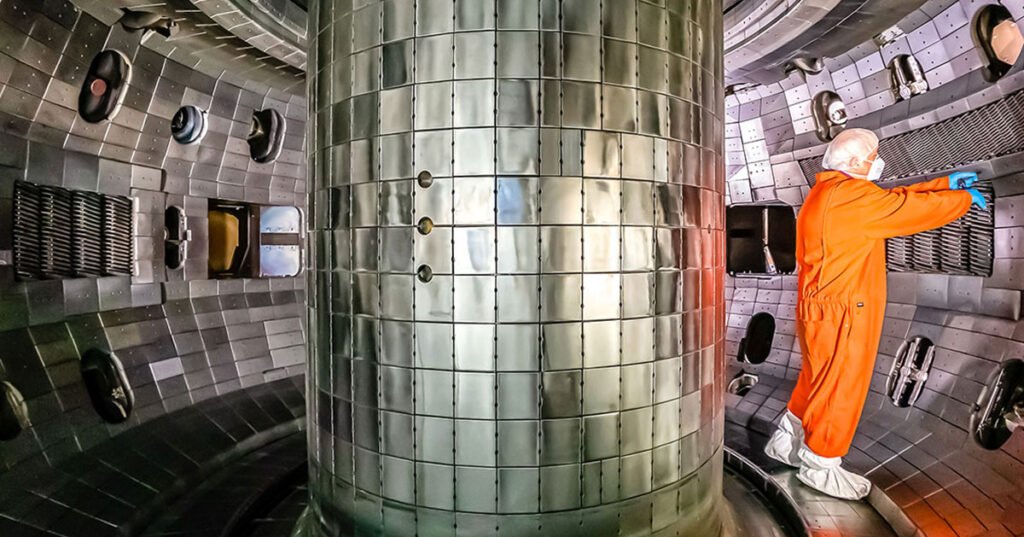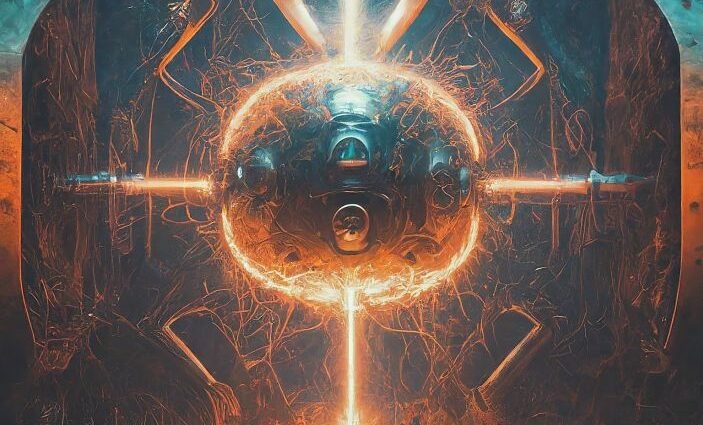Replicating the Sun’s energy-generating process on Earth presents a formidable challenge. Unlike the Sun’s core, where immense gravity confines the fusion reaction, terrestrial reactors require a different approach.

To overcome the lack of natural confinement, researchers must achieve extremely high temperatures, reaching around 100 million degrees Celsius. At these temperatures, light nuclei can fuse through a phenomenon known as quantum tunneling, releasing significant energy.
However, maintaining this incredibly hot plasma poses a major hurdle. Its inherent instability leads to escape from the magnetic fields used for containment, prematurely terminating the fusion reaction.

In an effort to overcome this challenge and achieve sustained fusion, researchers at Princeton University and the Princeton Plasma Physics Laboratory (PPPL) are leveraging the power of artificial intelligence (AI). This approach aims to develop robust predictive models of plasma behavior, enabling proactive interventions to prevent disruptive events and ensure the stability of the fusion reaction.
Researchers at the DIII-D experimental fusion reactor in San Diego have successfully trained an AI model to detect “tearing mode” instabilities in plasma, which occur when magnetic field lines break. The AI model was able to predict these disruptions 300 milliseconds in advance. While humans may not have enough time to respond to an instability, AI can quickly adjust parameters to prevent the tear and maintain stability.

Now that the AI has passed the real-world test with flying colors, the researchers say they need more data on the AI’s performance at the DIII-D reactor. And if all goes well, the team could begin training the program to recognize other fusion instabilities as well.
This research holds significant promise for the future, potentially paving the way for the development of practical fusion reactors that can provide a clean and abundant source of energy for homes and businesses.
Reference- Journal Nature, Popular Mechanics, National Geographic, The Verge, Business Insider, Bloomberg






